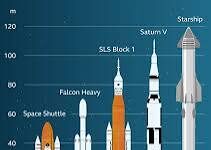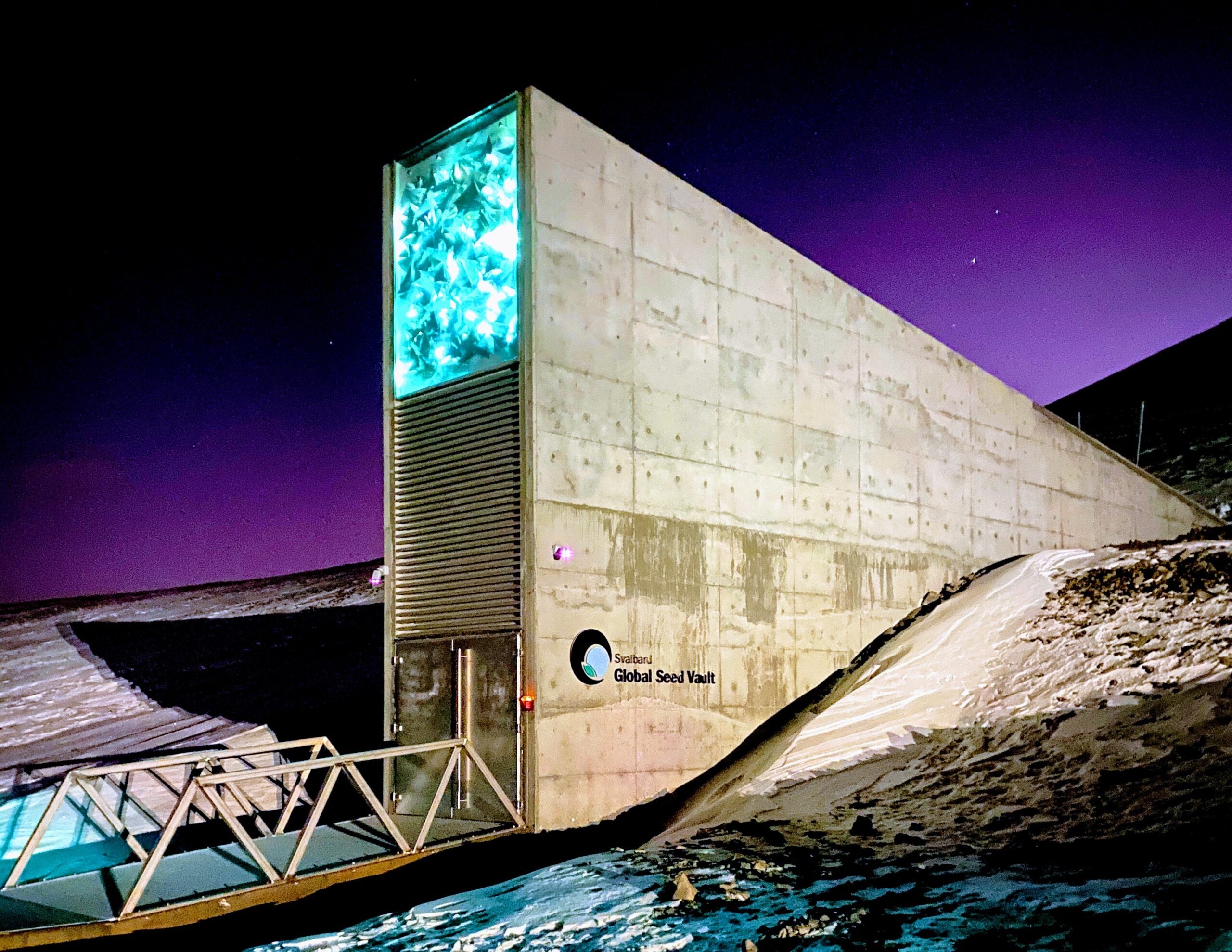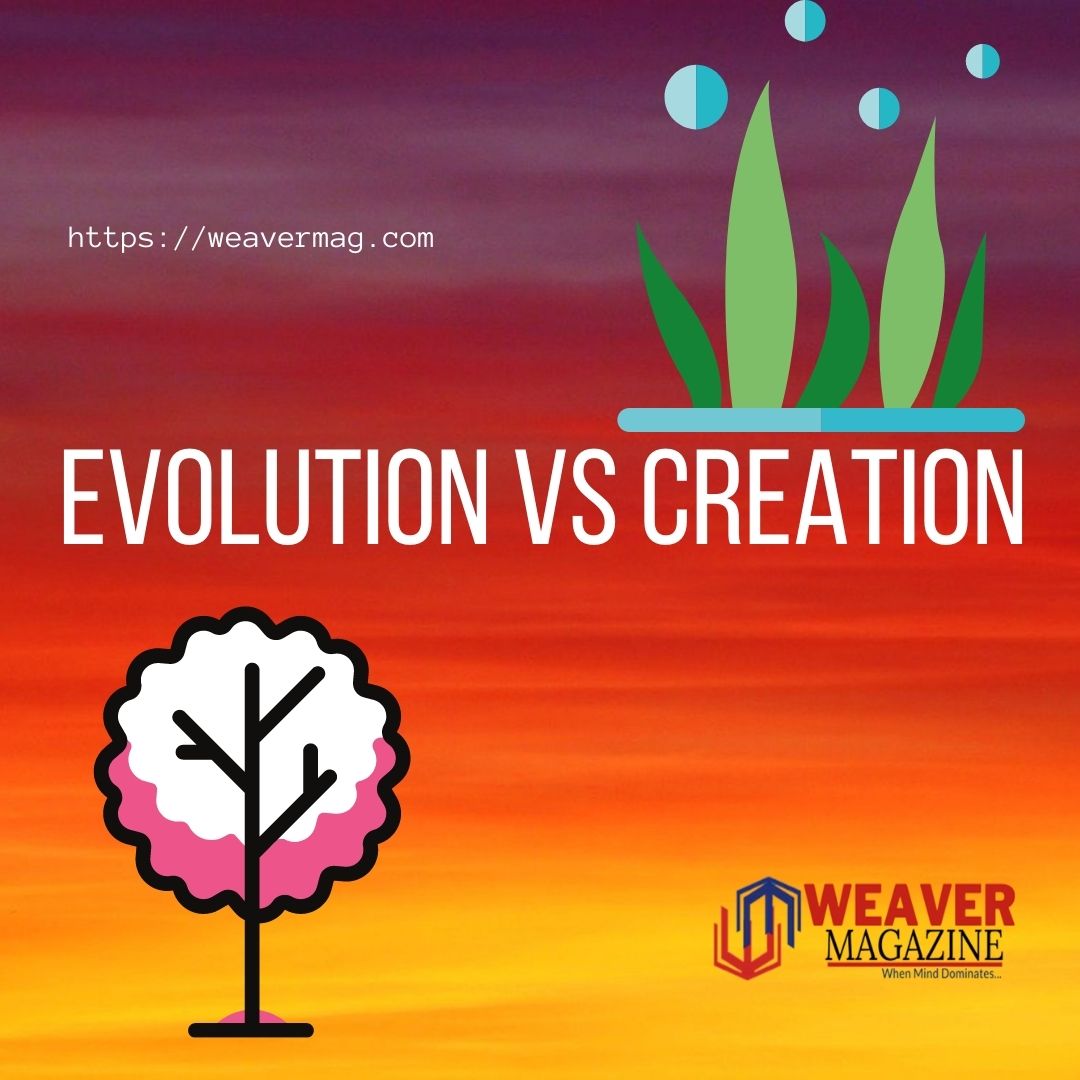Introduction
The industrial, automotive, commercial and domestic sectors have experienced a significant transition with the rise of Liquefied Petroleum Gas (LPG). For commercial use cases, several social welfare schemes are launched in India to ensure clean cooking with LPG with an aim to promote improved cookstoves and expand electricity grid. The utility sector was restructured with primary focus been given to the health of the women and their children residing in rural areas who are mostly exposed to indoor air pollution. With LPG, the development is not only limited to the industrial use cases but equally contributes to the benefit of the residential end-users.
Penetration of LPG in India
According to a report published by Petroleum Planning and Analysis Cell (PPAC), the penetration rate of LPG increased to 97.5% as on April 1, 2020, experiencing an annual growth rate of around 3%. With such a higher rate of penetration, India currently has the second-largest LPG consumer base in the world. The marketing operations for LPG kickstarted earlier in 1955, under the Burmah Shell Oil Company at Mumbai till it was passed on to Indian Oil Corporation (IOC). IOC introduced the LPG brand Indane in India. The brand was conceived in 1964 to restructure Indian kitchens. The first-ever Indane LPG connection was released at Kolkata in October 1965.
History of LPG
Dr. Walter O. Snelling, an American chemist and explosives expert identified LPG in 1910. In 1912, Snelling installed first domestic propane and later in 1913, patented propene production for industrial uses. LPG was first used as a motor fuel before the outbreak of World War II. Chevrolet came up with four LPG-powered engines for commercial vehicles in 1965.
Composition and processing of LPG
LPG is composed of flammable hydrocarbon gases which include propane (C3H8), butane (C4H10), propylene, butylenes, and a mixture of these gases. LPG is identified as one of the refined products on refining crude oil through various process such as catalytic cracking, crude distillation etc. The properties of LPG include:
- Boiling temperature is -42°C or -44°F to become gas vapour.
- Remains in liquid state under tremendous pressure.
- Colorless and odourless gas at natural state.
- Melting and freezing temperature is -188 °C or -306.4 °F.
LPG subsidised rates (2016-2020)
In Delhi, the following subsidized and non-subsidized rates are offered for 14.2kg gas cylinder, as determined by IOC:
- The non-subsidized rate stood at Rs 509.5, while the subsidized rate was Rs 419.15, effective in April 2016.
- The subsidized rate stood at Rs 479.77 and the non-subsidized rate was Rs 542 in August 2017.
- The non-subsidized rate for each cylinder was Rs 809.5, while the subsidized rate was Rs 500.9 in December 2018.
- The subsidized rate was determined as Rs 495.61, while the non-subsidized rate stood at 701.5 in Delhi, effective on March 1, 2019.
- The new subsidized amounted to Rs 574.50 while the market price was Rs 805.50 in March 2020.
- Currently, the non-subsidised rate stands at Rs 694 in Delhi, was in effect from January 1, 2021.
Comparing Pre and Post scenarios
Pre Scenario – The Chulha Trap
Cooking on biomass chulhas or mud stoves has not changed despite several programs launched for rural development through several decades. In 2018, the World Health Organization (WHO) found that around 3 billion of the total world population is exposed to cooking on mud stoves fuelled by biomass, coal, or kerosene. Biomass, being a renewable source of energy emits high concentration of air pollutant on incomplete combustion. According to WHO, around 4 million die at a premature age due to household air pollution (HAP) out of which majority of the deaths are due to pneumonia and chronic obstructive pulmonary disease (COPD), as recorded in 2012. Even, children under 5 years are prone to pneumonia on inhaling carbon particles and methane from combustion of fossil fuel. The smoke due to combustion stands as the fourth most important risk factor impacting global health.
Post Scenario
Several initiatives are launched over the past three decades to make the “clean available” for the combustion of biomass in an advanced and cleaner way in advanced stoves. The prime objective is to encourage “stacking” with the integration of the use of stoves and fuels. The rural local bodies helped in promotion and distribution of LPG cylinders by providing subsidies to the rural population. The clean fuel stoves aim to decrease HAP and limit the annual premature death count. The commercialization of LPG also helps to reduce forest degradation, deforestation, indoor air pollution, and prevent Green House Gas (GHG) emission. But, LPG is explosive and the types of machinery that are run by this fuel should be under close observation.
Government initiatives
“Pradhan Mantri Ujjwala Yojana”
The social welfare initiative “Pradhan Mantri Ujjwala Yojana” was introduced by the Hon’ble Prime Minister Shri Narendra Modi in May 2016. The government planned to provide 50 million LPG connections to women of Below Poverty Line (BPL) families under this initiative.
Objectives
- Lead to a smoke-free Rural India by 2019.
- Prevent health disorders which may arise due to usage of fossil fuel.
- Rs. 1,600 offered to BPL member for each LPG connection.
Budget and Funding
- The government allocated a budget worth Rs. 8,000 crore over three years starting from FY 2016-17.
- A budgetary allocation of Rs. 2,000 crore in FY 2016.
GiveItUp Campaign
The government launched GiveItUp, an LPG subsidy campaign in March 2015. Through this initiative, the government encouraged LPG users who are capable of affording LPG at a market price to give up their LPG subsidy so that it can be given to the needy. The aim is also to decrease dependence on energy imports by 10% by 2022 and to lay off a huge burden from the government’s end. It is found that 1.13 crore citizens mostly belonging to the middle class have voluntarily given up their subsidies. With this initiative, the government could save Rs. 5,000 crore till 2016 which was used for the implementation of “Pradhan Mantri Ujjwala Yojana”.










